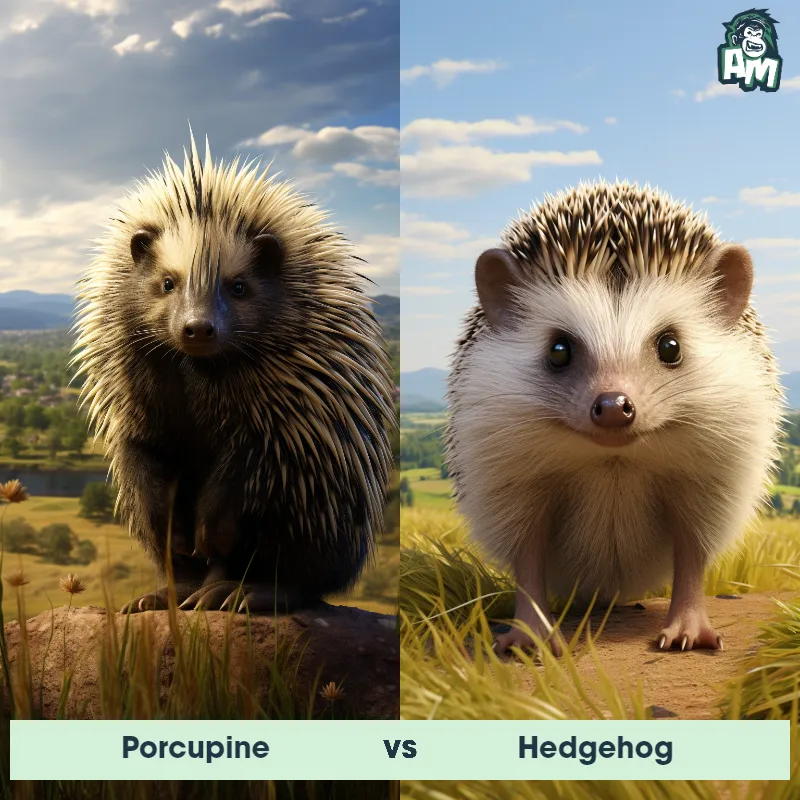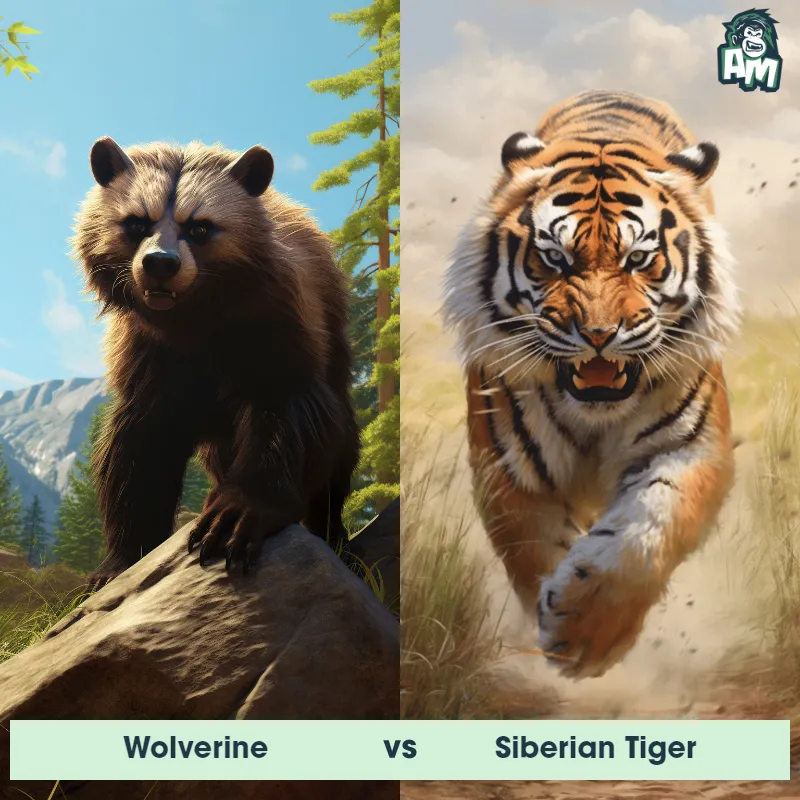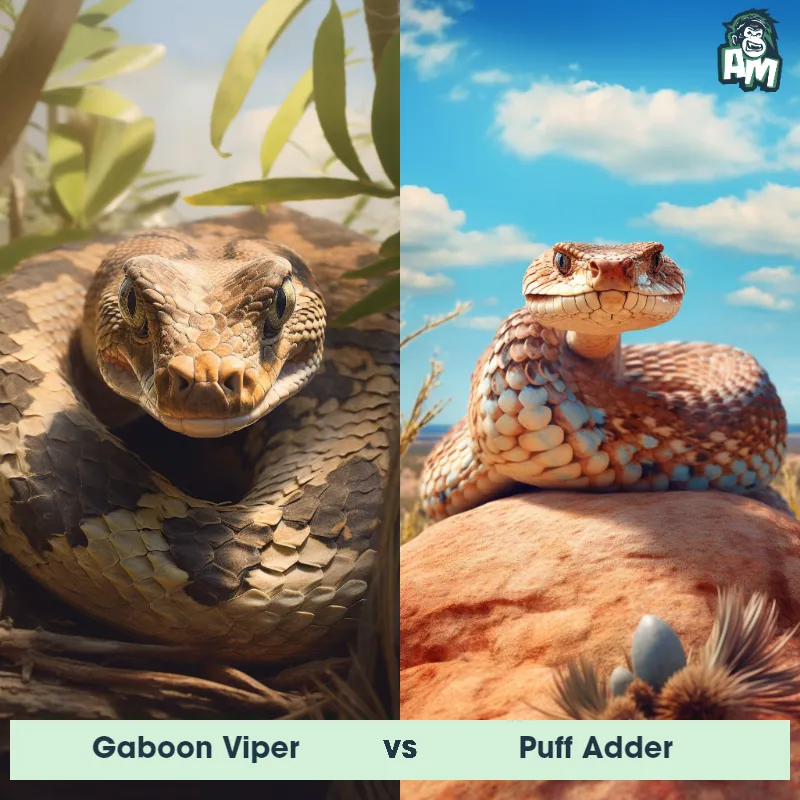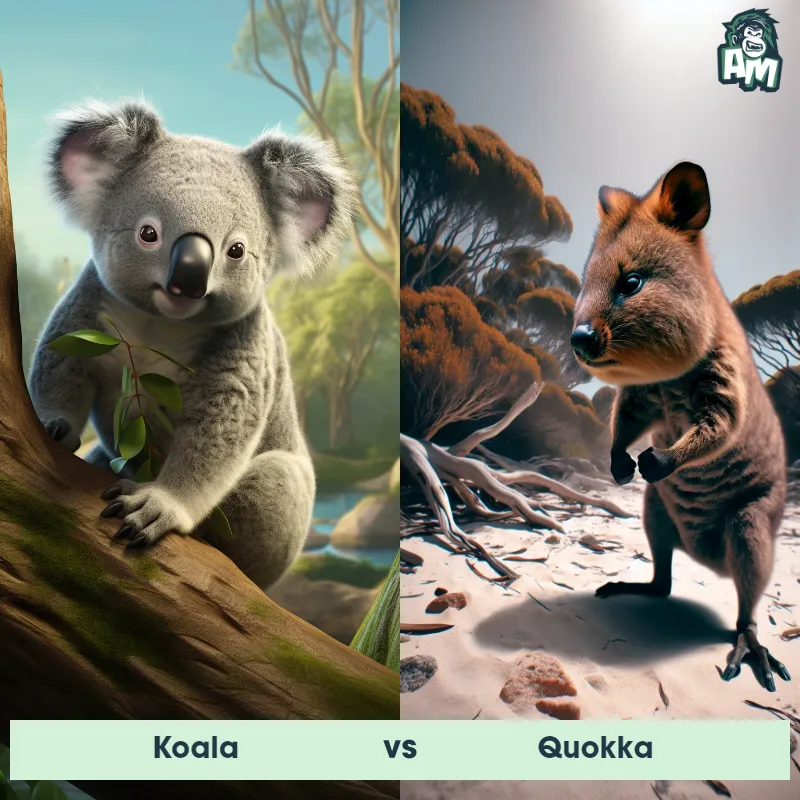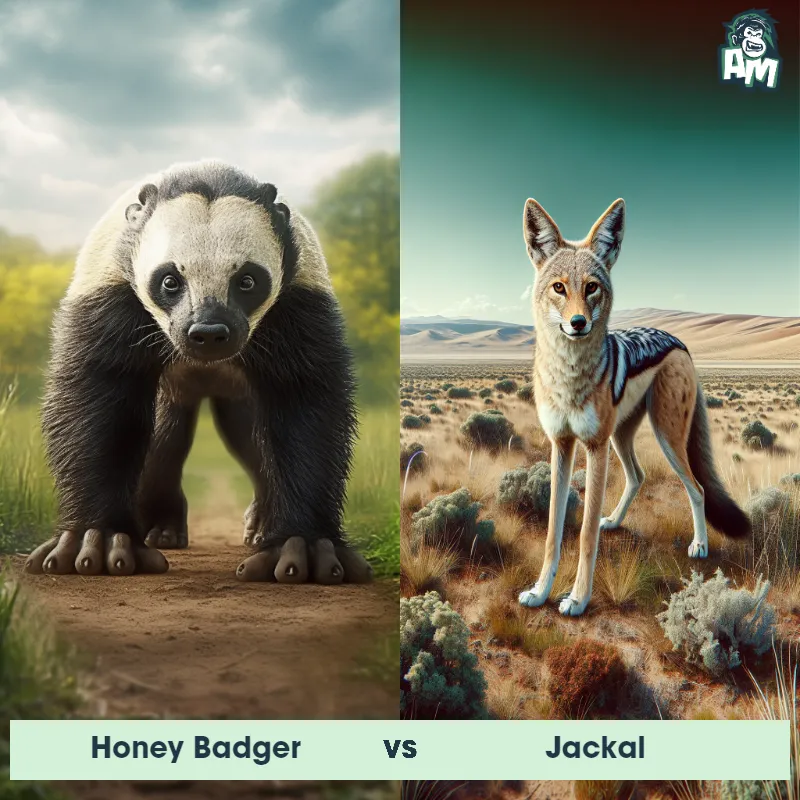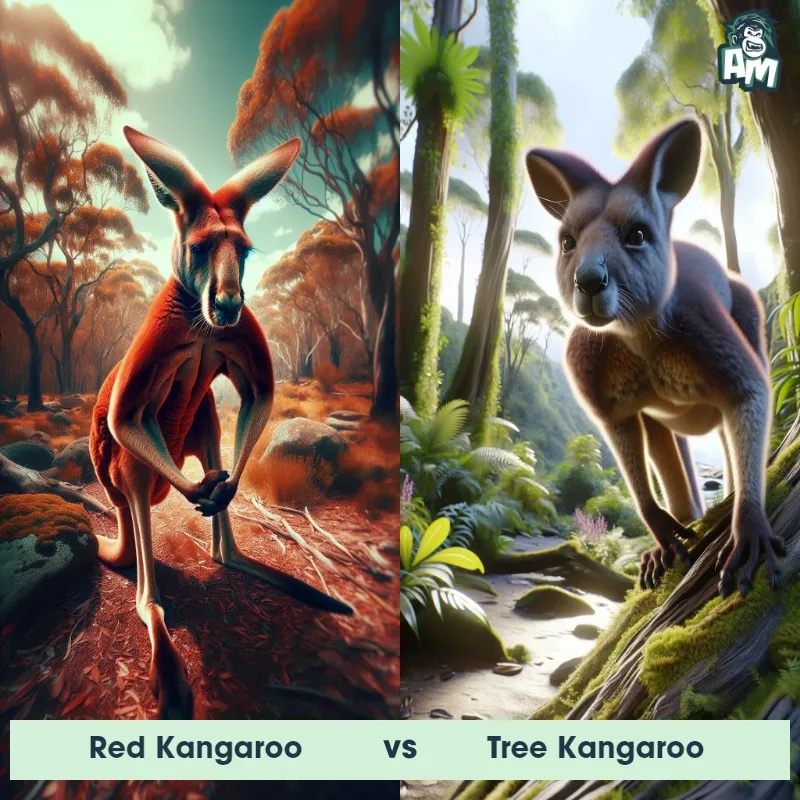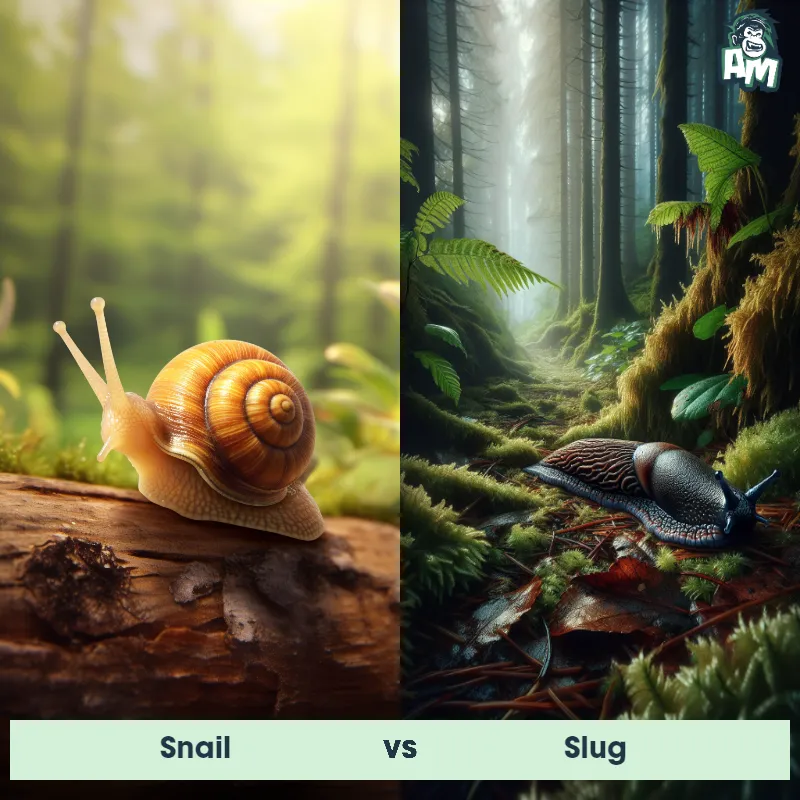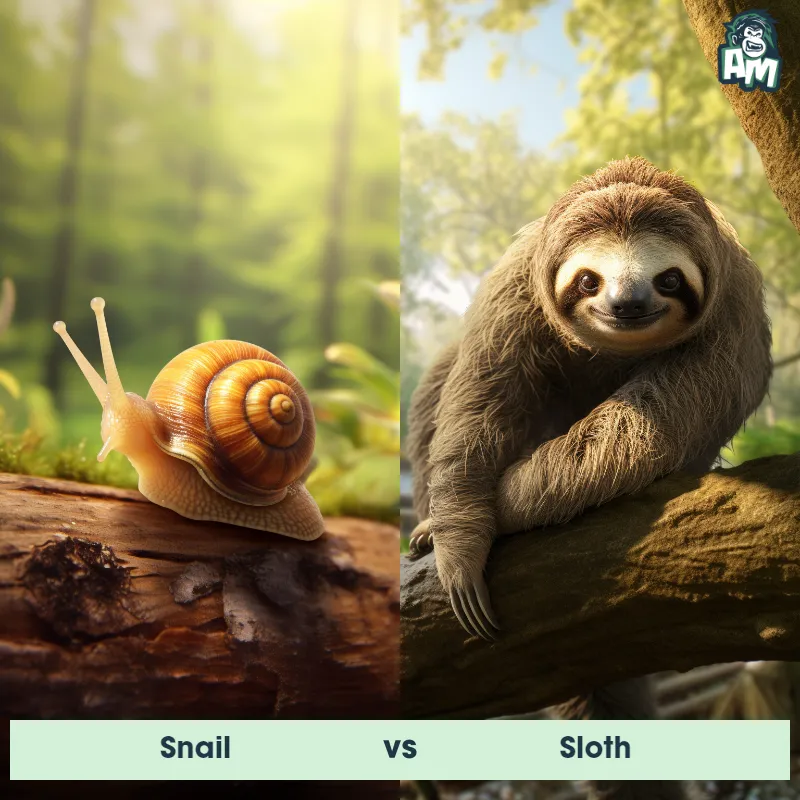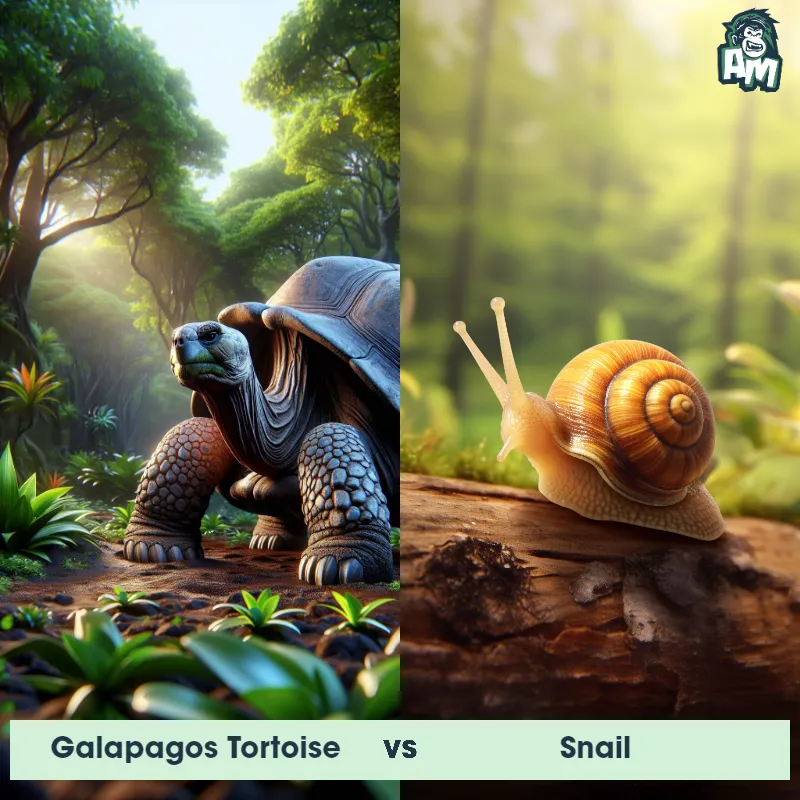Nudibranch vs SlugSee Who Wins

Welcome to today's thrilling matchup between a Nudibranch and Slug! These two creatures may not seem like fierce opponents, but don't let their appearance fool you. Both the Nudibranch and Slug have unique skills and tactics that make them truly formidable in the animal kingdom. Let's see who will come out on top in this three-round fight!
Contender 1: Nudibranch
Nudibranch, also known as sea slugs, are a group of marine gastropod mollusks known for their vibrant colors and intricate patterns on their bodies. These incredible creatures can be found in oceans worldwide, ranging in size from a few millimeters to several inches long. With their soft bodies, flattened shape, and typically no external shell, nudibranchs move by contracting and extending their muscles, using their foot as a means of locomotion. Their most distinctive feature is the gills, which are often located on their backs in the form of feathery tufts or branching structures. Nudibranchs are renowned for their remarkable adaptability, with each species possessing unique physical characteristics and coloration depending on their environment.
Fun Fact: One fascinating fact about nudibranchs is that they have a defense mechanism known as aposematic coloration, which means they use their bright colors and patterns to warn predators that they are toxic or distasteful, making them less likely to be attacked.
Contender 2: Slug
The Slug is a soft-bodied mollusk that lacks a shell, a trait that distinguishes it from snails. These creatures are best recognized by their elongated, slimy bodies, which can vary in color from yellow, green, black, to brown, depending on the species. Slugs move slowly, using a muscular foot that secretes mucus to facilitate locomotion. They are mostly nocturnal, hiding in damp areas during the day to avoid dehydration. The diet of a slug can include leaves, fungus, decaying plant material, and even other slugs.
Fun Fact: Slugs have the ability to regrow lost body parts, a trait known as regeneration, which helps them survive in the wild when threatened by predators.
Matchup Stats
| Nudibranch | Slug | |
|---|---|---|
| Size | 0.2 inches to 12 inches (0.5 cm to 30 cm) | Up to 10 inches (25.4 cm) in length, depending on species |
| Weight | Varies depending on species | Up to 0.88 ounces (25 grams), depending on species |
| Speed | 0.003 mph (0.005 km/h) | 0.03mph (0.048km/h) |
| Key Strength | None (not known for fighting) | Ability to regenerate lost body parts |
| Biggest Weakness | Lack of physical defenses | Slow movement and lack of protective shell |
Current Votes
Nudibranch vs Slug
See Who Wins
View More Matches
Looking For More?
Similar Matches
Scientific Stats
| Nudibranch | Slug | |
|---|---|---|
| Scientific Name | Nudibranchia | Gastropoda |
| Family | Various families within Nudibranchia | Gastropod |
| Habitat | Coastal reefs and ocean floors | Damp environments, often in forests, gardens, and other vegetated areas |
| Geography | Worldwide | Worldwide, except for extreme cold regions |
| Diet | Feed on plankton, algae, and other small marine organisms | Leaves, fungus, decaying plant material, and other slugs |
| Lifespan | 1 years - 2 years | 1 year - 9 years |
Key Differences between Nudibranch and Slug
- Size: Nudibranchs are typically smaller and more delicate in appearance compared to slugs.
- Texture: Nudibranchs have gills or cerata on their back, giving them a rougher texture, whereas slugs are smooth.
- Appendages: Nudibranchs may have ornate appendages such as rhinophores or oral tentacles, while slugs lack these structures.
- Habitat: Nudibranchs are primarily marine animals found in oceans around the world, while slugs are more commonly found in terrestrial environments.
- Color: Nudibranchs are often brightly colored with intricate patterns, while slugs are typically dull in coloration.
- Mobility: Nudibranchs are usually slow-moving or stationary creatures, while slugs are capable of moving more quickly using muscular contractions.



